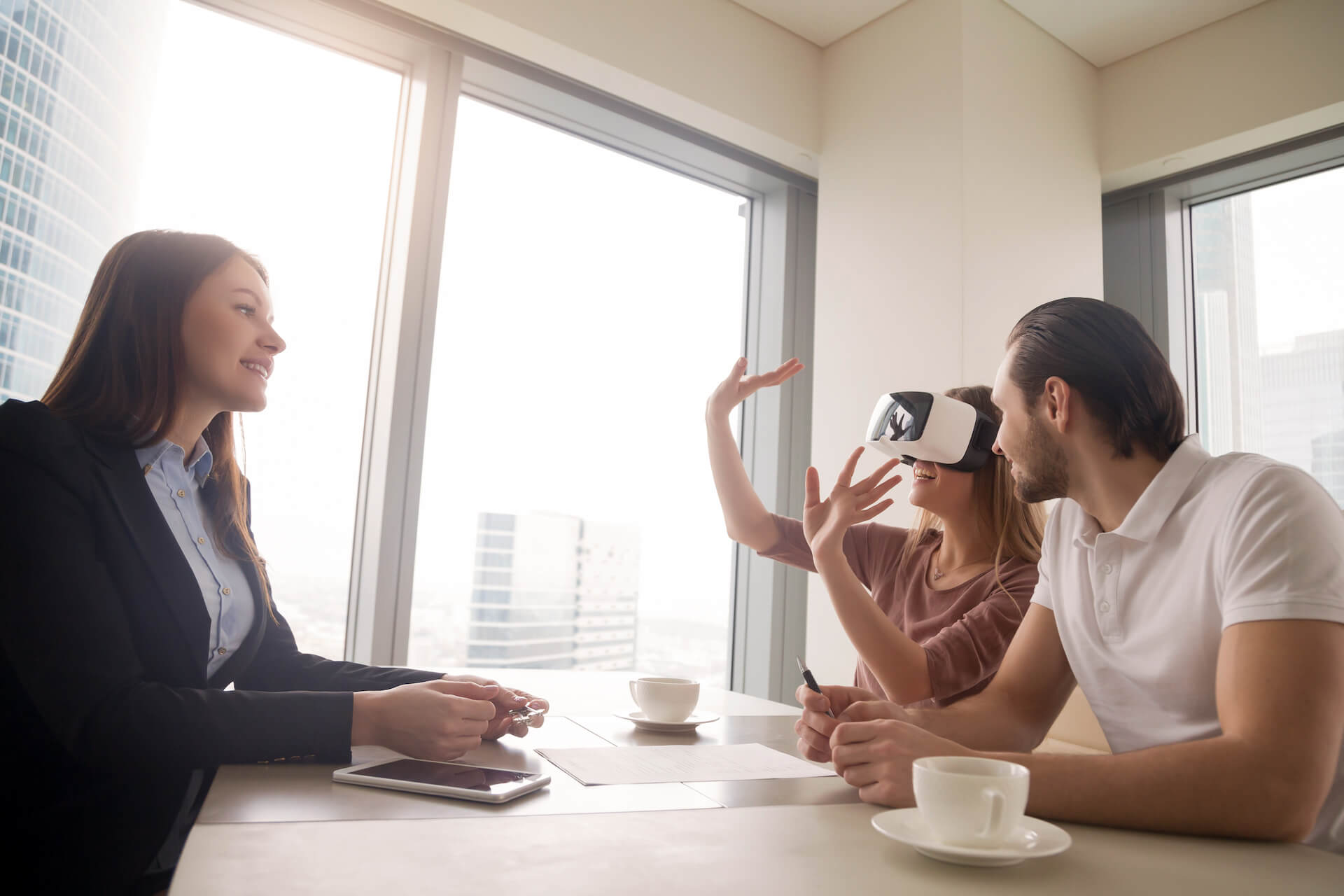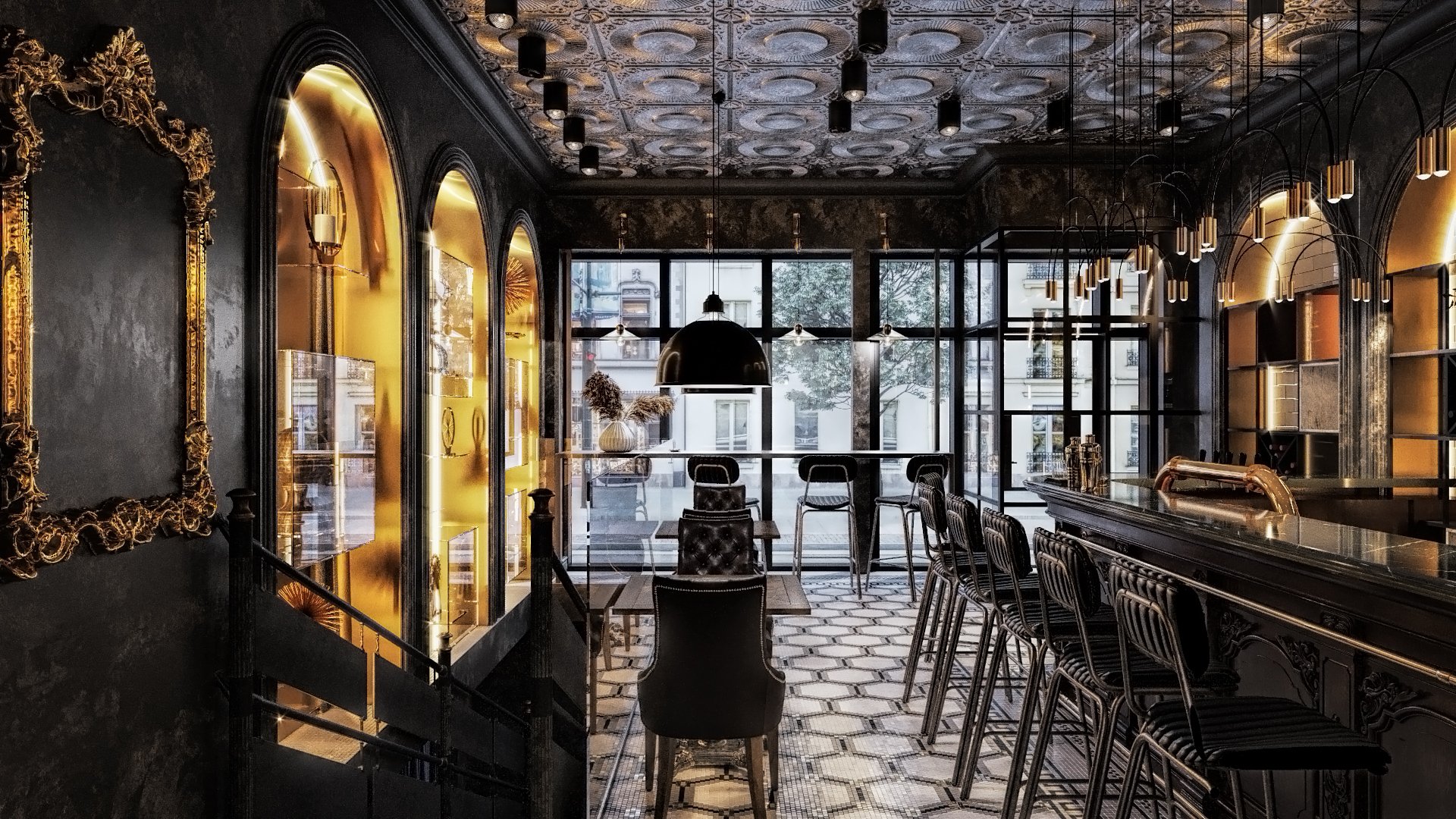After over a year of the Covid-19 pandemic, it’s high time we talked about newly arising tendencies that affect the realty market. Because now, for every realtor out there, understanding the consequences of this crisis and adjusting to the new normal is the highest-priority task. Otherwise, they risk losing buyers and finding themselves on the brink of insolvency. So, Covid-19 and real estate market — how does one affect the other and how to adapt to the changes?
As an architectural visualization company working with many professionals in the realty field, we want to help our clients to keep their businesses afloat. Therefore, we want to share our insights and observations to shine a light on the current state of the market and the future of it. And, of course, we’d like to show how our 3D rendering services can help real estate businesses stay on top in these uneasy times. So, want to know how the pandemic transformed the realty sector and how to deal with the changes? Then read on!
#1. Residential Property Buyers Have Become More Cautious

Since the beginning of the Covid-19 pandemic, many businesses around the world were forced to shut down or decrease their expenses. As a result, a lot of people lost their jobs or experienced pay cuts. That made all of us reevaluate the risks associated with large investments, such as buying real estate.
So, as financial stability has become a luxury, the demand for residential properties dropped significantly. And this will likely become a long-term tendency. But that doesn’t mean that Covid-19 and real estate sales can’t coexist. It just means that realtors need to work a bit harder to make things work.
For instance, they can tap into the power of virtual staging to show the full potential of properties that do not look at their best in photos. It’s much quicker and more affordable than physical staging, and, most importantly, it’s done 100% remotely. Plus, CG images of digitally staged homes can be so photorealistic that prospects will be able to immediately picture themselves living in those places. That, in turn, helps to mitigate their hesitation and make them realize that the purchase of the real estate in question will be a worthy investment.
#2. Demand for Suburban Residences Has Grown

While many people are trying to downsize and move to smaller houses and apartments to cut their expenses, others are looking for exactly the opposite. That’s because a great number of companies announced a switch to remote work for an indefinite period of time. As a result, a lot of workers decided to move from big cities to suburban areas, where they can afford larger houses. Another solid reason for buying a spacious home in the suburbs is that now every family member needs their own room for Zoom meetings and classes, or simply personal space.
So, another prominent impact of Covid-19 on the real estate sector is an increase in demand for suburban residences. To improve sales of such properties, agents should analyze what drives people to make this choice and how they feel about it. Then, it will be much easier to create an appropriate message for advertising homes in small towns and convince prospects to buy them.
#3. Realty Businesses Have Begun Full-Scale Digitalization

The real estate sector has been gradually moving towards full-scale digitalization for a while now. This long-term tendency started way before the Covid-19 pandemic but was definitely accelerated by it. As a result, we’re seeing increased use of interactive virtual tours of houses, as well as AR and VR technologies.
Take your design presentation to a new level with interior rendering
With those kinds of 3D visualization, realtors can provide a next-level experience to their prospects. Now, people can have their own private house tours in the comfort of their own homes, 24/7. And they are able to do it even before the property is actually built! So, there’s no need to drive around, wasting time and risking getting infected. In this sense, the effect of Covid-19 on the real estate market can be described as a necessary push towards innovation. Undoubtedly, the digitalization trend is here to stay.
#4. Demand for Commercial Real Estate Has Decreased

As we already mentioned, amidst the financial struggles caused by the Covid-19 pandemic, many businesses closed or switched to working remotely. Naturally, that resulted in a drop in demand for commercial real estate like offices and business centers. And since many companies found remote work quite efficient in terms of both productivity and costs, they decided to make this change permanent.
Moreover, the number of new projects for the construction of hotels, restaurants, and recreation centers has dropped as well. Therefore, it might be reasonable for real estate agents to adapt to this new state of affairs by focusing on selling and leasing residential properties.
#5. Need for Industrial Spaces Is Growing

Last but not least, let’s talk about the change that’s really hard to forget about — the massive switch to ecommerce. As a result of the impact of Covid-19 on the real estate sector, we’re seeing an increased demand for industrial spaces such as data centers, warehouses for ecommerce shipments, self-storage facilities, cloud kitchens, etc. Most experts believe that this situation will definitely have a permanent effect on the buying behavior of consumers. Considering that, realtors can expect the demand for industrial real estate to grow even further.
Talking about Covid-19 and real estate businesses, it’s easy to notice that some of the trends weren’t caused, just accelerated by the pandemic. Take, for instance, the tendency towards digitalization. The increased use of technology was something that we all saw coming, as it can really help real estate agents in their work. Most importantly, using CG content is a perfect solution to many problems and challenges posed by the other tendencies we mentioned in this article. Overall, one thing that we can say for sure is that the realty sector will continue growing in the years to come, despite the slump in some of its areas that we’re facing at the moment.
Want to learn how much your project costs? See how we evaluate 3D rendering projects
Looking for top-level 3D visualization services to improve your listings and create more attractive ads? Contact us at ArchiCGI and get professional virtual staging, 3D tours, AR- and VR-ready visuals — quickly, safely, and for the most reasonable price!

Ana Wayne
Content Writer, Copywriter
Ana is a content writer for ArchiCGI. She has a passion for design and architecture - and for talking about it. Outside of work, she is a fan of sci-fi movies and a street food connoisseur.



